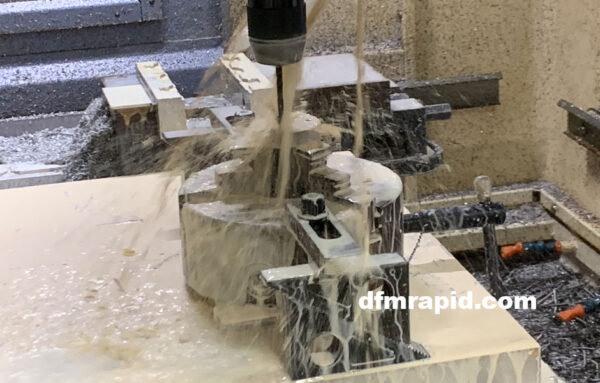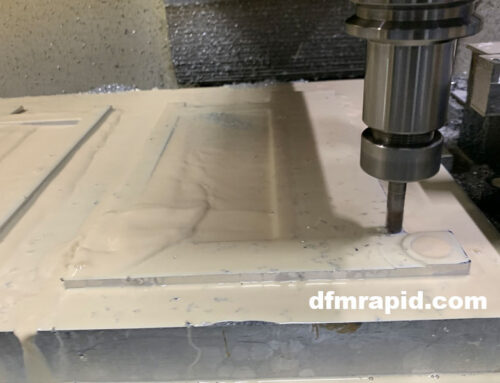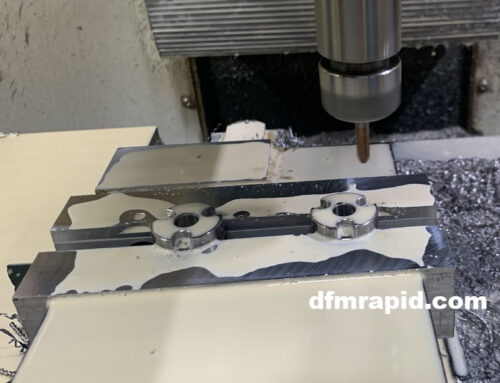When it comes to CNC machining, planning is critical. Often, CNC machining designs and projects can get unnecessarily complex – and as with almost everything in life, time is money.
By understanding the CNC machining process and what impacts price, you can reduce the cost of your machined project while maintaining or improving functionality. Manufacturability is the level of complexity of the manufacturing processes required to create a particular part. In essence, the higher the manufacturability, the lower the cost.
Here are a few design tips to help you cut costs:
Material Cost:
In machining, the harder the material, the more difficult it is to machine. This is because we have to use processes and cutting parameters that are less time efficient.
We recommend using 6061 Aluminum for CNC jobs where you have leniency on material. This type of aluminum is commonly used for CNC machining. 6061 Aluminum is ideal for CNC projects because it provides a balance of toughness, strength, corrosion resistance, and most importantly, excellent manufacturability.
Design:
The more you can simplify your design, the lower the cost for your project. Your projects detail, dimensions and geometry have a big effect on cost. Complex, highly detailed parts may require multiple setups – leading to higher costs. Some complex projects that have multiple faces, may be less expensive with the proper modifications.
If you have a part with holes or slots on all faces, consider moving those details to the same face if possible. This will cut down on setup costs and save you some money.
Small features such as holes, slots, etc. can lead to complex and costly designs.
Limit Use of Tight Tolerances:
Typically, only a few surfaces of a part are critical to its function. The more features with numerical callouts in the design (e.g., radii, hole diameters and chamfers), the more expensive a part becomes to manufacture.
In order to eliminate unnecessary costs, the key is to only assign numerical values to mission critical features and surfaces. Other, less significant features should be controlled by the model (standard tolerance of +/- 0.005″).
Also, try to define a single datum, like the intersection of two sides or the center of a hole, and then dimension everything else from this.
Minimizing Bulk Material Removal:
Sometimes part design changes can have a drastic effect on the amount of material removed from a part. Most parts are made from bar stock, which starts as a rectangular or cylindrical shape. The amount of stock removed has a direct effect on the price of your design.
Think of the smallest box that would fit around your finished part (this can be rectangular or cylindrical, whichever fits your finished part best). The volume inside the box which does not contain your part represents the material that will need to be removed to manufacture your part. The more “empty” space you have means the more material will need to be removed, which in turn will drive up the price to machine your design. There are certain shapes that result in less empty space and modifying your designs towards these shapes can reduce costs.
Ready to Save Costs on Your CNC Machining Needs?
At DFM Rapid, we’re experts at CNC rapid prototyping. Our dedicated prototype equipment includes 3-, 4-, and 5-axis machining and advanced turning capabilities to provide comprehensive solutions to an array of industries.
If you are looking for a CNC machining China shop for your next project, please feel free to get a quote.







